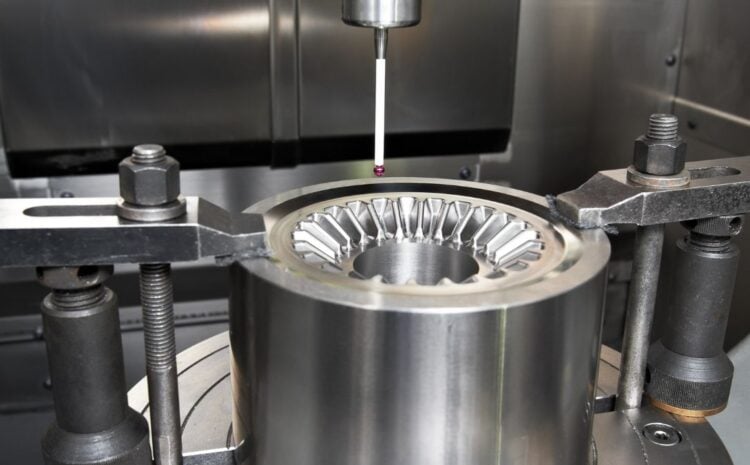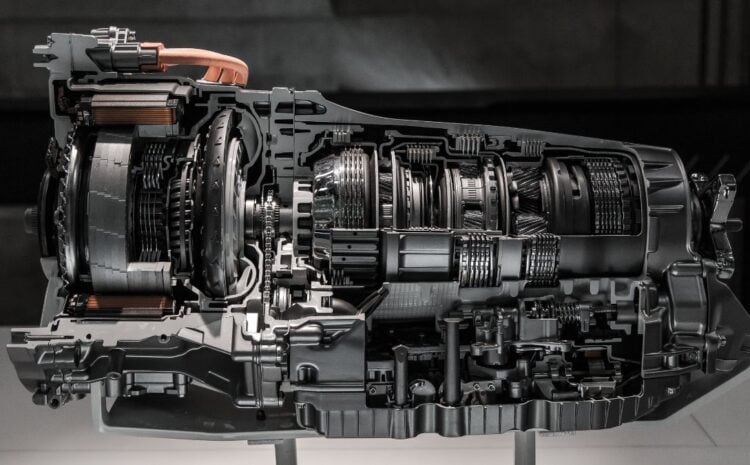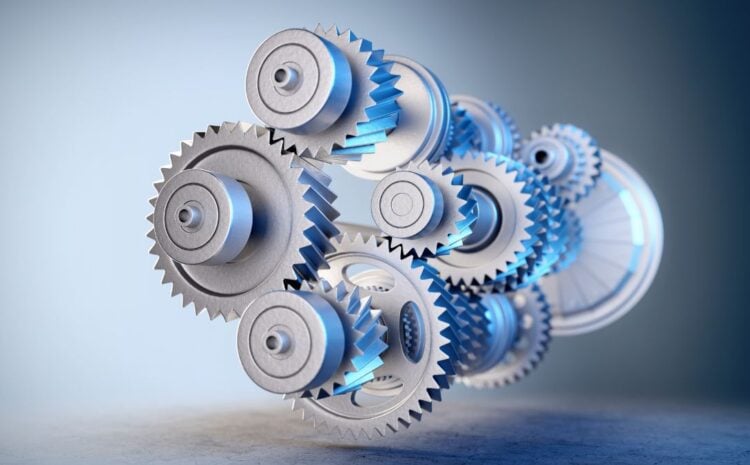Introduction
Automotive gears are essential components in modern vehicles that play a critical role in transmitting power from the engine to the wheels, controlling vehicle speed and direction, and managing torque distribution. Gears are mechanical devices with rotating components that transmit motion and power between two or more shafts. Various systems in an automobile, including the transmission, steering, engine, braking, and differential, use gears. This article provides an overview of different types of automotive gears, their applications, design considerations, maintenance and troubleshooting, and future trends.
Types of Automotive Gears
The automotive sector utilizes a variety of gear types, each with specific benefits and drawbacks. Several of the frequently employed automotive gears include:
- Spur Gears: These gears have straight teeth that mesh with parallel shafts, providing high efficiency and low noise. They use gears extensively in manual transmissions and differentials.
- Helical Gears: Helical gears incline teeth at an angle, which results in smoother and quieter operation than spur gears. Automatic transmissions and differentials often use them.
- Bevel Gears: These gears have cone-shaped teeth that mesh with perpendicular shafts and transmit power between the engine and the wheels in a rear-wheel-drive vehicle.
- Worm gears are excellent for steering systems because of their high torque reduction and screw-like shape.
- Planetary Gears: Automatic transmissions frequently use gears with sun, planetary, and ring varieties.
- Rack and Pinion Gears: Modern vehicles use these gears in the steering system, as they provide linear motion.
- Hypoid Gears: These gears have a high offset angle and are similar to bevel gears. The hypoid gears are commonly used in the differential system.
- Differential Gears: These gears allow the wheels to rotate at different speeds, enabling the vehicle to turn smoothly and navigate uneven terrain.
Applications of Automotive Gears
Gears are used in various systems in modern vehicles, including:
- Transmission System:
The vehicle uses gears to control the speed and torque of the engine, enabling smooth acceleration and deceleration. - Steering System:
The steering system uses gears to transmit power from the steering wheel to the wheels, allowing the driver to steer the vehicle. - Engine System:
Modern vehicles use gears to transmit power from the engine to the wheels, providing the necessary torque and speed for efficient operation. - Braking System:
Modern vehicles use gears to control the vehicle’s speed and enable smooth stopping. - Differential System:
Vehicles use gears to enable the wheels to rotate at different speeds, facilitating navigation on uneven terrain and smooth turning.
Design Considerations for Automotive Gears
Several factors must be considered when designing automotive gear, including:
- Material Selection: The manufacturers must use materials such as steel, cast iron, or titanium that can withstand the forces and stresses of operation to make gears.
- Tooth Profile Design: The shape of the teeth on the gears affects the efficiency, noise, and wear of the system. Designers must create teeth that mesh smoothly and transfer power efficiently.
- Lubrication: To prolong the lifespan of gears, lubrication is necessary to reduce friction, wear, and heat generation.
- Noise and Vibration: To operate quietly and smoothly, gears must have a design that minimizes noise and vibration, which can cause discomfort and reduce efficiency.
- Strength and Durability: The designers must design gears that can withstand the stresses and forces of operation without failure, ensuring safe and reliable performance.
- Manufacturing Process: To make gears, manufacturers must use precision and accuracy through processes such as forging, casting, or CNC machining.
Maintenance and Troubleshooting of Automotive Gears
Regular maintenance and troubleshooting of automotive gears are critical to ensure their safe and efficient operation. Some of the key maintenance and troubleshooting tasks include:
- Inspection Procedures:
Periodic inspection must check gears for wear, damage, or misalignment, using techniques such as visual inspection, measurement, and testing. - Gear Wear and Failure Causes:
Gears can wear or fail due to various factors, such as inadequate lubrication, overloading, misalignment, or material defects. Identifying the cause of wear or failure is critical to preventing recurrence. - Repair and Replacement Techniques:
The repair or replacement of gears depends on the extent of wear or damage. Repair techniques may include regrinding, tooth-cutting, or welding. Replacement involves selecting the appropriate gear and ensuring proper installation. - Gearbox Rebuilding and Reconditioning:
Sometimes, the mechanic may have to rebuild or recondition the entire gearbox. This involves disassembling the gearbox, replacing worn or damaged components, and reassembling the gearbox to ensure proper functioning.
Future Trends and Developments in Automotive Gears
The automotive industry is constantly evolving, and several trends and developments are emerging in gear technology, including:
- Lightweight and High-Strength Materials: To improve fuel efficiency and reduce emissions, automakers are exploring lightweight and high-strength materials such as composites, aluminum, and magnesium.
- Electric and Hybrid Vehicle Technology: Gear designers are designing gears to meet the specific requirements of electric and hybrid vehicles, such as higher torque and quieter operation, due to the increasing popularity of these systems.
- Additive Manufacturing: Manufacturers are using 3D printing or additive manufacturing to produce gears with complex geometries and customized designs, reducing lead times and costs.
- Computer-Aided Design and Simulation: Manufacturers are using advanced computer-aided design and simulation software to optimize gear design, reduce noise and vibration, and improve efficiency.
- IoT and Predictive Maintenance: The Internet of Things (IoT) is being used to monitor gear performance in real time, allowing for predictive maintenance and reducing downtime.
Conclusion
Automotive gears are essential parts of contemporary vehicles that are essential in power transmission, speed and direction control, and managing torque distribution. Various automotive systems, including the transmission, steering, engine, braking, and differential, use a variety of gear types. Automotive gears must be properly designed, maintained, and troubleshot in order to function safely and effectively. With new materials, manufacturing processes, and technologies emerging to meet the changing needs of the automotive industry, the future of gear technology is bright.



